
20 seconds after the start, I look over my shoulder and can tell we're going to have a rough one. We've started near the pin in the first race of the 2022 E Scow National Championship on my home Lake Minnetonka. With a half-mile-long starting line set to accommodate 69 boats, the righty I'm now seeing sends a parade of sails marching up inside us, and our only option is to keep going left.
With patience, situations like this can often work in one's favor. On inland lakes, it's common for both sides to be advantaged at some point during a beat. "Win your side" is the adage. I glance up toward Brackett's Point on the lake's western shoreline, where I've seen countless lefties roll through from this direction in the past. But when the next puff hits, we lift higher and higher.
Yup, we're going to have a rough one.
I've sailed on Lake Minnetonka my entire life, but I've never seen the wind do this before. A few hours before racing, a cold front rolled through from the bottom of Canada, littering the upper Midwest with storm cells. The result: a blustery breeze between 8 and 18 knots with up to 40-degree wind shifts-an absolute nightmare for the race committee, who spent most of the day hoisting postponement and general recall flags before finally getting a race off at 3 p.m. Now that we're underway, I find myself somewhere in the back of the mid-fleet, praying for a shift that will never come.
The E Scow mid-fleet is a scary place. First beats in this class are absolute bloodbaths, and since the boats are 28 feet long with 6-foot beams, the lanes, like the hulls, are long and narrow. With sails blanketing your vision every way you look, it's easy to get disoriented. When packs of boats meet, skippers make split-second decisions that can either salvage a race or send them drifting into the netherworld. As we make our way up the beat, I'm finding that most of the rules of mid-fleet sailing do not apply to today's racing.
Esta historia es de la edición Winter 2023 de Sailing World.
Comience su prueba gratuita de Magzter GOLD de 7 días para acceder a miles de historias premium seleccionadas y a más de 9,000 revistas y periódicos.
Ya eres suscriptor ? Conectar
Esta historia es de la edición Winter 2023 de Sailing World.
Comience su prueba gratuita de Magzter GOLD de 7 días para acceder a miles de historias premium seleccionadas y a más de 9,000 revistas y periódicos.
Ya eres suscriptor? Conectar
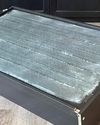
Tips for More Successful Epoxy Projects
That have nothing to do with epoxy mixing or application techniques

Auxiliary Rear Station Build
From past fishing experiences, I've learned that quick changes in speed and direction are often required when retrieving a hooked fish.
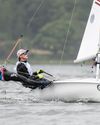
TARGETED PERFORMERS
Defending their title at the 420 Youth Worlds in July, Freddie Parkin and Asher Beck were on a roll-until they weren't.
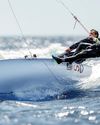
BALANCE ON THE PINNACLE
The path to gender equity in the Olympics has been a long and twisted one, but when the sailors assemble in Marseille next year, we'll finally see what's been a long time coming.
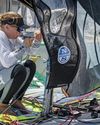
SIMPLE STEPS TO CONSISTENT SPEED
Boatspeed is the magic ingredient for winning races because we can get away with bad decisions if we are fast, but we can't make good choices if we're slow.
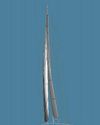
THREE-DIMENSIONAL JIB-LEAD ADJUSTMENTS
Floating jib leads give trimmers more dynamic control of the headsail profile.
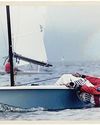
BETTER TOGETHER
Success over three decades comes down to making it meaningful.
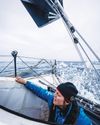
JUSTINE THE MACHINE
This self-effacing Swiss sailor has-in her quiet and understated way become one of the stars of offshore ocean racing in recent years, whether as part of a winning crew in The Ocean Race or building her credentials as a top-class solo racer.
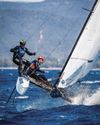
THE MULTITASKING MULTIHULL MOM
Competing in Olympic sailing's most challenging discipline is one thing, but doing so with a tyke in tow takes the campaign hustle to a higher level.
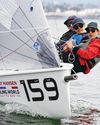
CONNECTED COAST TO COAST
From sunny St. Pete to historic Marblehead, the 34th edition of the Regatta Series linked sailors and friends across the country, with a few new twists.